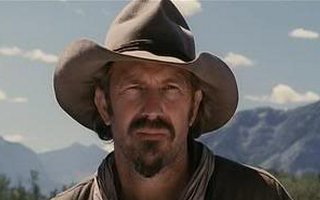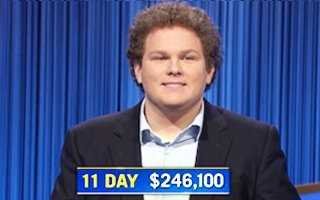Great Depression Survival Tips and Trivia
The Great Depression was undeniably the most severe downturn in modern history. The previous decade, known as the “Roaring Twenties”, was an era of affluence for working and middle-class families. So, the economic collapse between 1929 to 1939 was a terrible blow to people, affecting their daily lives.
American president Herbert Hoover called upon business leaders to take a proactive approach to combat the financial emergency; however, his efforts failed; people had to use their initiative to get by. As with any society experiencing extreme poverty, the only option is to make things you have last as long as possible and be frugal with your money. Let’s look at some things people did to keep their families afloat during the Great Depression:
1. Change Your Diet
This is an obvious solution and one where you had no choice as most foods were either too expensive or unavailable. People ate local seasonal produce. Vegetable gardens and allotments became widespread. “Depression soup” became a popular meal as it contained anything edible.
2. Experiment With Food
Foods that would otherwise be considered odd in any era were popular during the economic depression of the 1930s. People ate lard on toast sugar sandwiches and replaced orange juice with watered down mashed carrots. People even wrapped up blobs of mashed vegetables in bacon to give the appearance of a thicker piece of meat.
3. Be Prepared To Move
The Depression hit rural areas the hardest as food prices dropped by 60%, forcing rural workers and farmers to pack their belongings and move to any location that had work available.
4. Create Money From What You Have
People who owned homes may have had no choice but to re-finance their homes or sell them and live out of their vehicles. cancel any insurance policies and collect the money.
5. Take Any Work Available
As with any economic downturn, unemployment rose dramatically during the Great Depression. All factory workers and farmers were unemployed and had to flock to the cities to compete with other job seekers for the same work. Most jobs were only available on a short-term basis and unstable. Adults would cut people’s grass for a little money or walk the streets all day looking to do any work from ironing to house building.
6. Learn To Preserve
There were few processed foods in the grocery stores; meals had to be made from scratch with seasonal ingredients. People didn’t own fridges or freezers, so they preserved their food by pickling, salting, and making jellies. When wild berries were ready at the end of the summer, people stripped the plants, and everyone would have fruit in abundance that could go off quickly, to preserve these berries, people made jelly.
Seasonal vegetables were pickled in jars using a solution of 50% cider vinegar to 50% water. People preserved common vegetables such as carrots, cauliflower, celery, peppers, and cucumber in this way.
7. Fish And Hunt
Hunting and fishing became popular during the Great Depression, as you didn’t have to pay for anything you caught. However, this wasn’t an option for those in the city, so city dwellers kept backyard chickens or set up a local pig club.
The pig club was a way to provide meat to several households. Sometimes an entire street would chip in their money and purchase a piglet or two that would be fed from the scraps given to them from those households. The pigs were then butchered and shared out to those who contributed.
8. Make Your Clothes Last
This was not an era of high fashion as clothes were too costly, and people didn’t have enough to feed their children, let alone buy a dress or fancy new suit. Whatever clothes people had, had to last, and people got creative and began making clothes out of materials like feed sacks from animal feed.
9. Entertained Themselves
People did what they could to keep their morale up. Some of the ways people entertained themselves and their children included:









Recent Comments